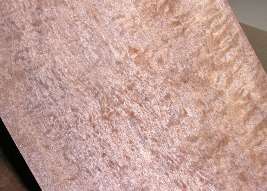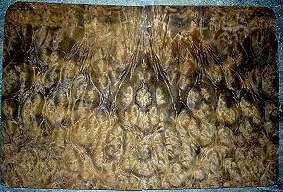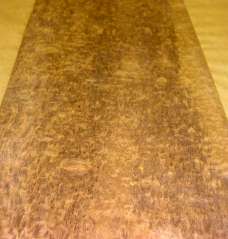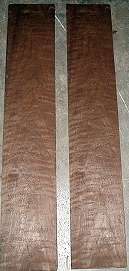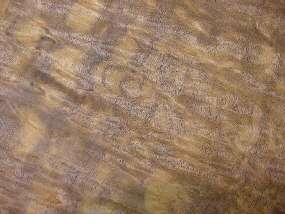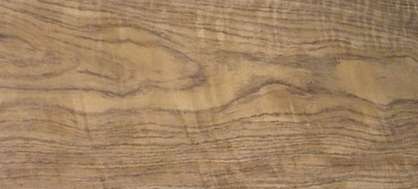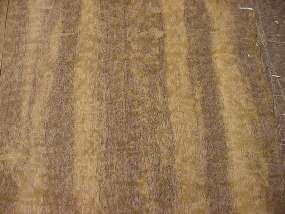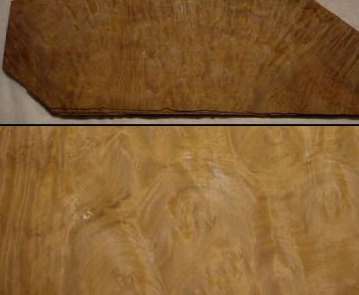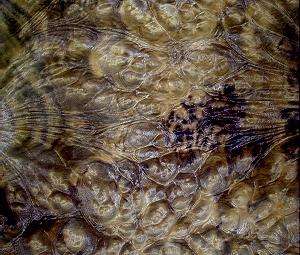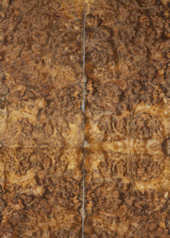the REST of the pictures on this page will give you a better overall feel for this wood
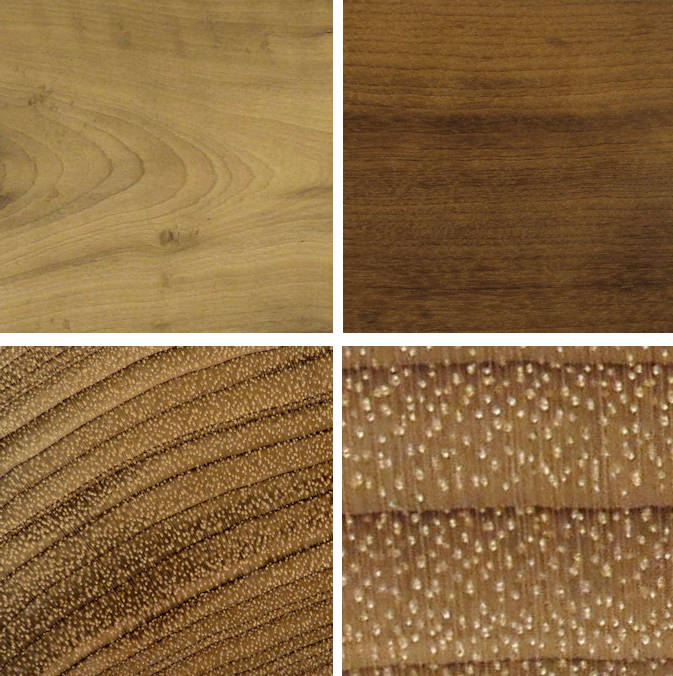
imbuia / Ocotea porosa (syn. Phoebe porosa)
of the family Lauraceae, the Laurel family, variously spelled imbuia, imbuya, embuia, and imbulia
5" x 5" flat cut, 3" x 3" quartersawn, 1" wide end grain, and a 1/4" x 1/4" end grain closeup.
Diffuse porous, very clear growth rings, numerous thin rays usually visible at 10X. Medium pores with low density, occasional multiples (radial), and vasicentric parenchyma.
This species grows in Southern Brazil and is sometimes called Brazilian Walnut (but it is not a true walnut). It is a colorful, fine textured wood, prized by woodworkers. The heartwood is yellow-olive to chocolate brown, sometimes gray-brown, with variegated streaks and stripes. Grain pattern varies widely, with many different figures occurring in individual boards. It is hard and moderately heavy (about 42 pounds per cubic foot). Heartwood is durable. Emits a spicy, resinous scent and taste.
It is easy to work with hand and power tools, although grain tends to pick up when planing. Finishes to a high luster. Glues well.
Used for high grade furniture, cabinetry, joinery, paneling, flooring, gun stocks, musical instruments
Use of the term "burl" with this wood is often applied to what should really be called "blistered", which is NOT a burl at all, but looks a lot like one
Janka hardness 970 (compare to hard maple 1450, white oak 1350)



















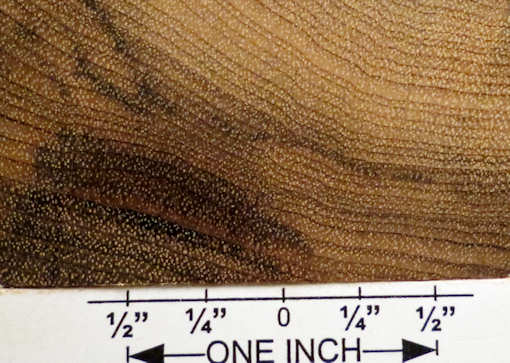














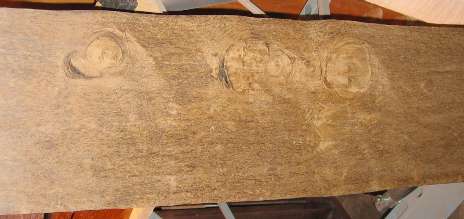







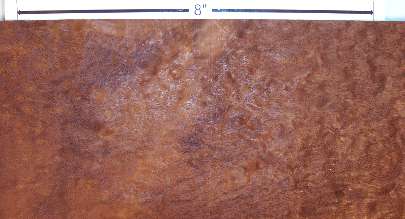


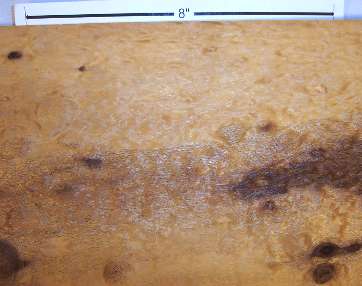
%201%20s50%20web.jpg)
%202%20s50%20web.jpg)
%20s50%20web.jpg)
%20s50%20web.jpg)
%20s50%20web.jpg)
%20s50%20web.jpg)














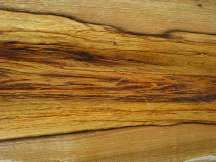











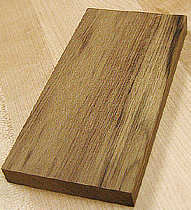


















%20s50%20web.jpg)
%20s50%20web.jpg)













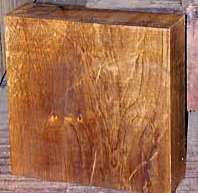



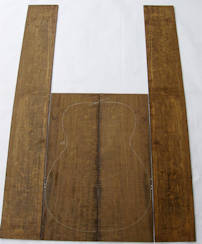

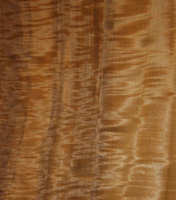


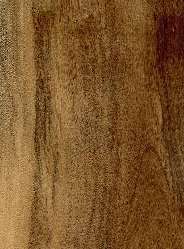






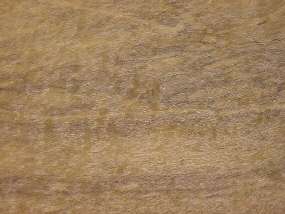


%20veneer%201%20s50%20web.jpg)






